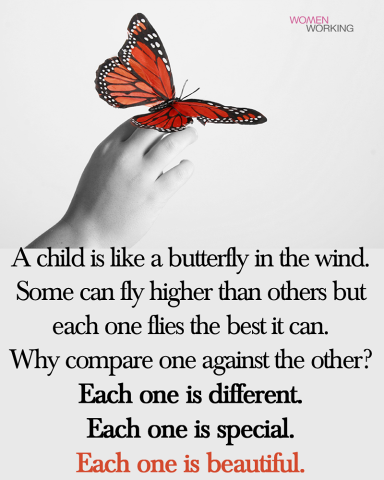
Some kids need help learning to control their emotions, and resist impulsive behavior.
If you’re a parent, chances are you’ve witnessed a tantrum or two in your day. We expect them in two-year-olds. But if your child reaches school age and meltdowns and outbursts are still frequent, it may be a sign that he or she has difficulty with emotional self-regulation. Simply put, self-regulation is the difference between a two-year-old and a five-year-old, who is more able to control his emotions. Helping kids who haven’t developed self-regulation skills at the typical age, and many older children, even if they’re beyond tantrums, continue to struggle with impulsive and inappropriate behavior. There may be a large variety of reasons this may happen with children.
What is self-regulation? Self-regulation is the ability to manage your emotions and behavior in accordance with the demands of the situation. It includes being able to resist highly emotional reactions to upsetting things, to calm yourself down when you get upset, to adjust to a change in expectations and to handle frustration without an outburst. This is a set of skills that enables children, as they mature, to direct their own behavior towards a goal, despite the unpredictability of the world and our own feelings.
What does emotional dysregulation look like? Problems with self-regulation manifest in different ways depending on the child, says Dr. Matthew Rouse, a clinical psychologist at the Child Mind Institute. “Some kids are instantaneous — they have a huge, strong reaction and there’s no lead-in or build-up,” he says. “They can’t inhibit that immediate behavior response.” For other kids, he notes, distress seems to build up and they can only take it for so long. Eventually it leads to some sort of behavioral outburst. “You can see them going down the wrong path but you don’t know how to stop it.” The key for both kinds of kids is to learn to handle those strong reactions and find ways to express their emotions that are more effective (and less disruptive) than having a meltdown.
Why do some kids struggle with self-regulation? Dr. Rouse sees emotional control issues as a combination of temperament and learned behavior. “A child’s innate capacities for self-regulation are temperament and personality-based,” he explains. Some babies have trouble self-soothing, he adds, and get very distressed when you’re trying to bathe them or put on clothes. Those kids may be more likely to experience trouble with emotional self-regulation when they’re older.
But the environment plays a role as well. When parents give in to tantrums or work overtime to soothe their children when they get upset and act out, kids have a hard time developing self-discipline. “In those situations, the child is basically looking to the parents to be external self-regulators,” Dr. Rouse says. “If that’s a pattern that happens again and again, and a child is able to ‘outsource’ self-regulation, then that’s something that might develop as a habit.”
Children with ADHD or anxiety may find it particularly challenging to manage their emotions, and need more help to develop emotional regulation skills.
How do we teach self-regulation skills? Scott Bezsylko, the executive director of the Winston Prep schools for children with learning differences, says that acting out is essentially an ineffective response to a stimulus. The parent or teacher needs to help the child slow down and more carefully choose an effective response instead of being impulsive. “We approach self-regulation skills in the same way we approach other skills, academic or social: isolate that skill and provide practice,” Bezsylko explains. “When you think of it as a skill to be taught — rather than, say, just bad behavior — it changes the tone and content of the feedback you give kids.”
The key to learning self-regulation skills, says Dr. Rouse, is not to avoid situations that are difficult for kids to handle, but to coach kids through them and provide a supportive framework — clinicians call it “scaffolding” the behavior you want to encourage — until they can handle these challenges on their own.
Imagine a situation that can produce strong negative emotions, like a frustrating math homework assignment. If a parent hovers too much, she risks taking over the regulation role. “Instead of the child recognizing that the work is frustrating and figuring out how to handle it,” Dr. Rouse explains, “what he feels is that the parent is frustrating him by making him do it.”
Scaffolding in this situation might be helping the child with one problem, and then expecting him to try the rest. If he feels frustrated, he might get up and get a drink. He might use a timer to give himself periodic breaks. The parent would check in on him at intervals, and offer praise for his efforts.
If a child is prone to melting down when he’s asked to stop playing a video game, scaffolding might be practicing transitioning away from the game.